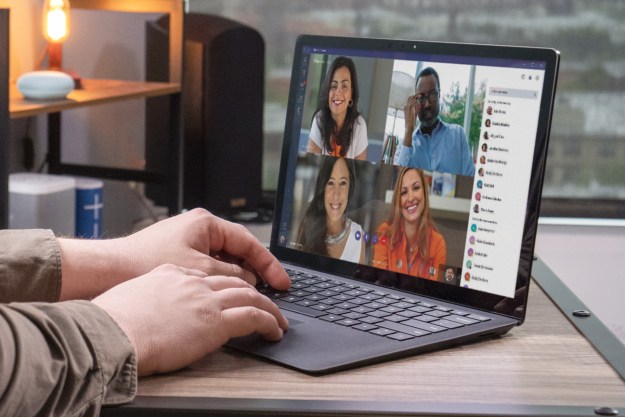Not before time, Zoom has finally gotten around to adding end-to-end encryption to its online videoconferencing service.
The security feature, announced by the company on Monday, October 26, is available now for free and paid accounts globally.
Encryption works for the Zoom desktop client version 5.4.0 for Mac and PC, the Zoom Android app, and Zoom Rooms, with the Zoom iOS app pending App Store approval, the company said.
Account administrators can enable the feature in their web dashboard at the account, group, and user level. Participants must also enable the feature to join a meeting set for end-to-end encryption.
“When users enable E2EE (end-to-end encryption) for their meetings, nobody except each participant — not even Zoom’s meeting servers — has access to the encryption keys that are used to encrypt the meeting,” the company said in a release.
“If enabled, the host can toggle on and off E2EE for any given meeting depending on the level of security and level of functionality they would like.”
But it’s not all good news as the feature is launching with a number of limitations. For example, turning on E2EE will prevent you from using cloud recording, streaming, live transcription, Breakout Rooms, polling, 1:1 private chat, and meeting reactions. The plan is to gradually integrate these elements during 2021.
Security and privacy issues
Zoom gained widespread attention during the early days of the COVID-19 pandemic as office employees turned to the software in huge numbers after being told to work from home as part of efforts to slow the spread of the virus. But Zoom was unprepared for the sudden influx of users, with a slew of security and privacy issues coming to the fore, a situation that prompted some customers to ditch the service for an alternative videoconferencing platform.
The fallout from the problems was so damaging that in April, Zoom CEO Eric Yuan felt compelled to make a public apology admitting that his team had made mistakes. On the issue of security, Yuan said that many newcomers did not have effective IT support — in contrast with its traditional user base of business and enterprise customers — and therefore failed to set up the software in the most effective way. This led to some users suffering “zoombombing” incidents in which hackers invaded an online meeting with offensive imagery. Since then, the company has been making gradual improvements to the security and privacy elements of its software in a bid to retain its customer base.
New to Zoom? Then check out Digital Trends’ handy guide for getting the most out of the videoconferencing software.
Editors' Recommendations
- How to change your Zoom background on Mac and Windows
- Zoom adds ChatGPT to help you catch up on missed calls
- Forget VR. Airglass made me actually enjoy video calls
- Google Meet or Zoom? Soon, it won’t matter
- Facebook Messenger finally starts testing end-to-end encryption for all chats

